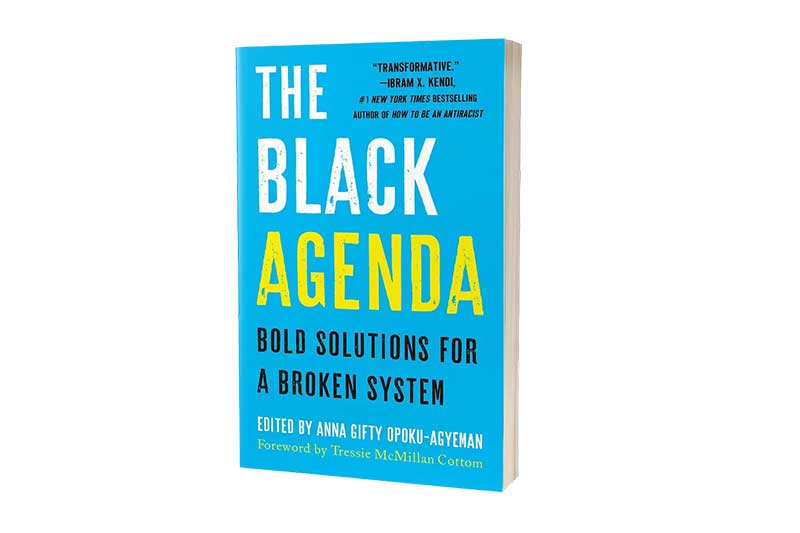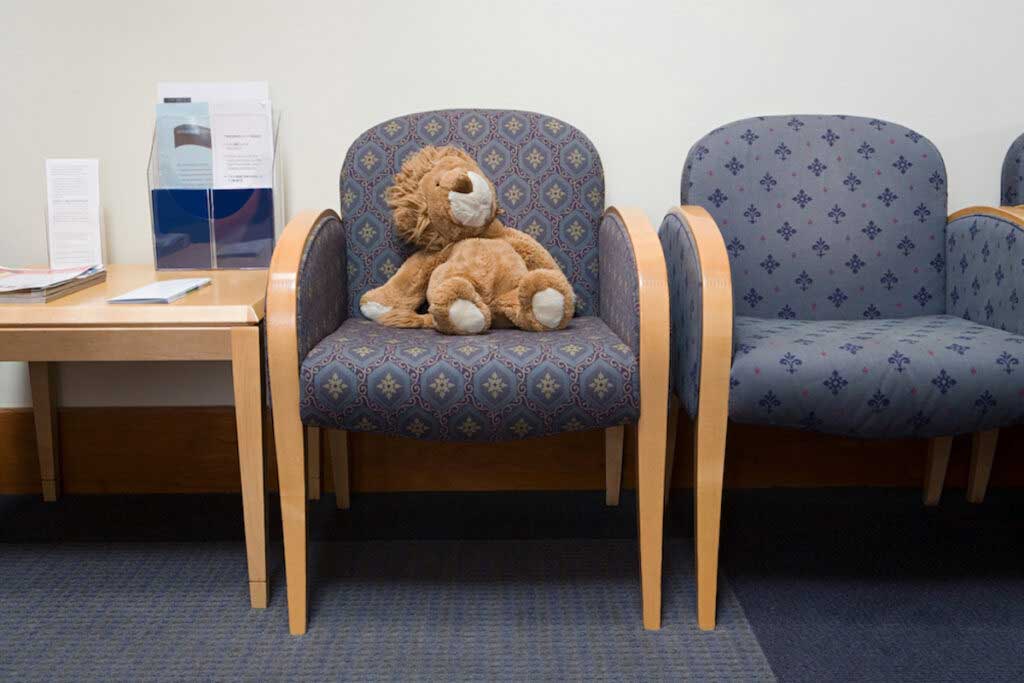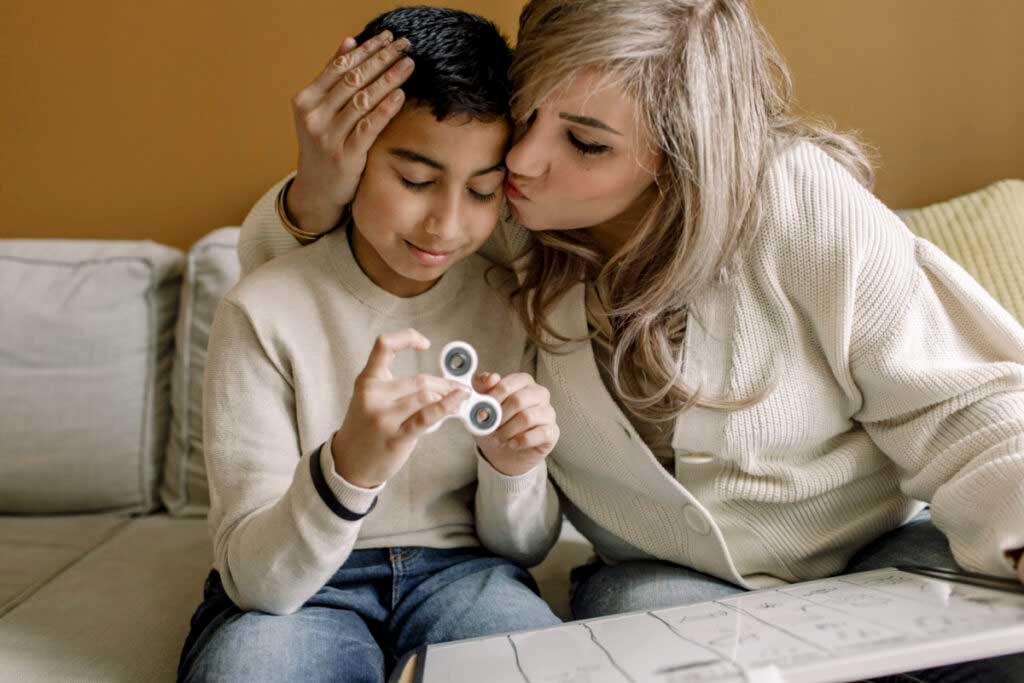There are some people you meet, in whatever context, and you sit up and pay attention: That person is going somewhere. There are others where you think: I wonder how I can get to hang out with that person more. Anna Gifty Opoku-Agyeman was both of those things for me when we first met, and I’m happy to say I was not wrong on either count. She’s going places, and I did get to hang out with her more.
Anna is a PhD student at Harvard in economics and public policy. She’s also an author — of The Black Agenda, which is the topic of today’s post, and of the Substack newsletter A Seat at The Table. In 2018 she co-founded The Sadie Collective, the first nonprofit organization to address the underrepresentation of Black women in economics, finance, and policy.
Last year, Anna edited The Black Agenda: Bold Solutions for a Broken System, which features Black scholars and experts across economics, education, health, climate, criminal justice, and technology. This week, the book is out in paperback. In honor of this, she and I connected to chat about two of the chapters — on education for Black girls and representation in children’s books. You can listen to that interview in the podcast feed. In addition, we are publishing an excerpt from the book, on the value of representation in books. I hope you’ll read or listen or, ideally, both. You can also join Anna on June 13 for a virtual conversation about the power and promise of Black women and girls, hosted by the Clinton Foundation.

The Immeasurable Value of Black Children’s Books
By S. Mia Obiwo and Francheska Starks from The Black Agenda: Bold Solutions for a Broken System
Books, as tools for empowerment, can strengthen the self-awareness and confidence of children coping with the reality of racism while cultivating their cultural consciousness and critical-thinking abilities. As issues of racial injustice continue to disproportionately affect Black people’s lives, it is crucial that Black children recognize their value and genius. Children’s books can be used as cultural artifacts that present models through which readers can come to understand themselves and the world in which they live. Black children’s books offer young readers the chance to examine the past, question the present, and ponder future actions through affirming stories of exhilaration and triumph.
The books that children and caregivers choose are extremely important, as those stories can affect how children view the world and their place in it. Young readers need to see themselves portrayed in picture books in authentic and accurate ways. Books, like mirrors, help reflect what children know and understand about themselves, including their racial and cultural backgrounds. Books can also serve as windows that offer children views beyond their personal experiences, giving them the opportunity to learn about cultural backgrounds that differ from their own. Children’s books help youth make meaning as they come to recognize their common humanity and value cultural differences.
Children’s ideas about their own race and others’ races are formed in early childhood, regardless of whether the topic of race is directly addressed or completely ignored in their homes or schools. In the absence of intentional discussion of race, children may not develop the necessary skills to navigate and resist racism and other types of oppression. Books centering Black people allow African American children to gain a vehicle through which they can participate more fully in their textual and, thus, public presentation. Centering perspectives of Black people and their cultures is undoubtedly valuable for Black people and all people, specifically those who are similarly marginalized. Highlighting Black identities and histories defies dominant narratives of a single story and sets a precedent that values multiple perspectives and voices on historical and current events and experiences. If the goal is indeed a pluralistic America in which diversity of all kinds is embraced, positive and accurate views of Blackness and Black identities must be a priority.
African American children deserve to experience the self-love that comes from recognizing oneself in a book. Black children’s literature evokes a process that (re)affirms the identities of African American youth by fostering an understanding that their lives and the lives of people like them are worthy of being told, considered, discussed, and celebrated. Ultimately, when we know the stories of our people and our culture, we begin to understand ourselves as humans.
The value of Black children’s literature is that it holds the power to encourage and influence all children to think and act in ways that value individual and cultural identities and to respect differences among people. Non-minoritized communities also benefit from gaining access to the contours of Black life through books that center Black children. Furthermore, Black children’s literature can also be used as an informative vehicle for strengthening the cultural competence and critical consciousness of all children. With a primary goal of making visible and representing Black experiences, culturally conscious books are essential. There is also the potential to cultivate criticality in children and adults by addressing important social issues such as voters’ rights (Granddaddy’s Turn: A Journey to the Ballot Box by Michael S. Bandy and Eric Stein) and racism (Antiracist Baby by Ibram X. Kendi). Kendi’s book is an especially salient example with its timely and forward message of anti-racism, which serves as a call to action for children and their caregivers to acknowledge and confront racist ideologies and behaviors.
A wide range of factors contributes to the purposeful selection of quality Black children’s texts, including the presence of diverse characters and perspectives, diversity of authorship, messaging about difference and inclusion, and other important characteristics of the text. Turning attention toward how texts reflect the past experiences, present struggles and triumphs, and the hopeful futures maintained by people of African descent is one way to narrow the scope of the search for quality Black children’s literature. Black children’s literature can also aid young readers in establishing beliefs as well as a set of literacy, social, and cultural practices that go beyond the typical scope of reading engagement and achievement.
The following questions position consumers of Black children’s literature, both children and adults, to evaluate the quality of texts that center the experiences of Black people and their communities: How does the author position/describe Black families? Are Black families identified as a resource for thriving and survival? Is there a focus on perseverance and the pursuit of liberty and equality for people of African descent, or only struggle? Does the book reflect multiple aspects of cultures (e.g., language, tradition, spirituality, religion, etc.) of people of African descent? By positioning themselves as critical consumers of Black children’s literature, caregivers and teachers, people of color, and white people can contribute to fostering social equity and cultures of inclusion and diversity by foregrounding the perspectives of Black communities.
Some examples of texts that may appeal to the critical book consumer’s concern for intentional and authentic representations of Black characters and Black life include The Undefeated, written by Kwame Alexander and illustrated by Kadir Nelson, The Stars and the Blackness Between Them by Junauda Petrus, and Hair Love by Matthew Cherry. The Undefeated highlights examples of historical and present Black excellence, such as the election of former president Barack Obama, and demonstrates reverence for past accomplishments, admiration for the present, and hope for the futures of Black people. The Stars and the Blackness Between Them and Hair Love focus on the functions of Black family life by both demonstrating the complexities of the roles of immediate and extended relationships in child-rearing and adolescents’ maturation and highlighting its role in resilience and strength for its individual members.
Black children’s literature matters for all children. Black stories demand recognition of the rich historical knowledge and diverse expressions of Black individuals and communities. Black children’s literature reflects the world in which we live by centering the histories of Black people and providing commentary on the current state of social affairs. Importantly, Black stories also inspire hope. They demonstrate what is possible and what could be. The optimism Black stories elicit may be one of its most important functions — a conduit for showing all people, regardless of race, color, religion, sexuality, and so on, what may be possible if we use our imaginations to materialize a more equitable world.


















Log in